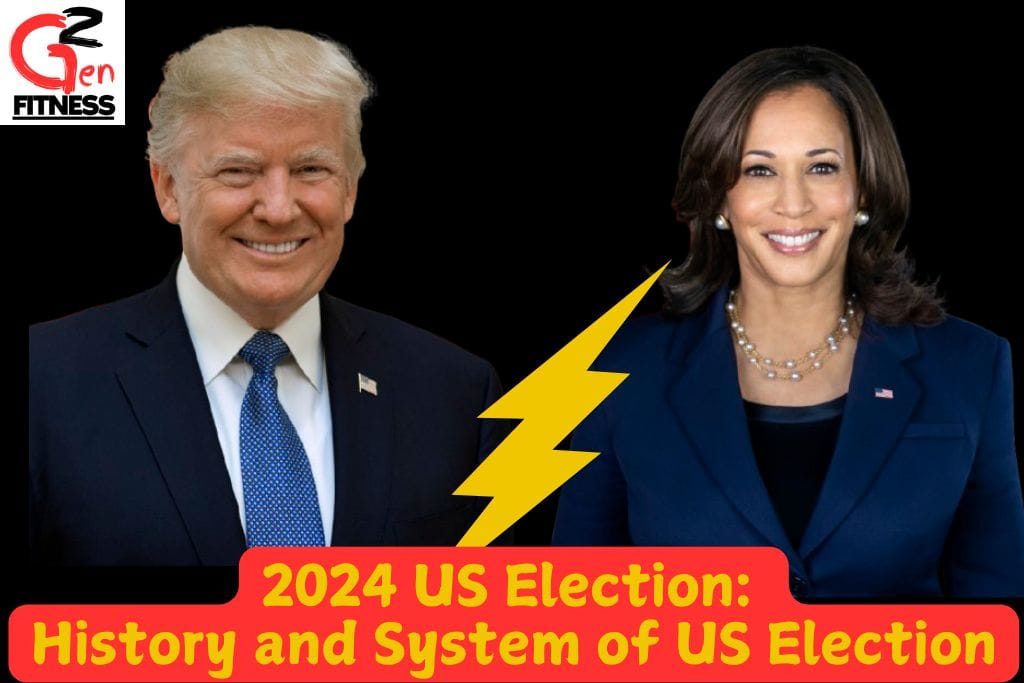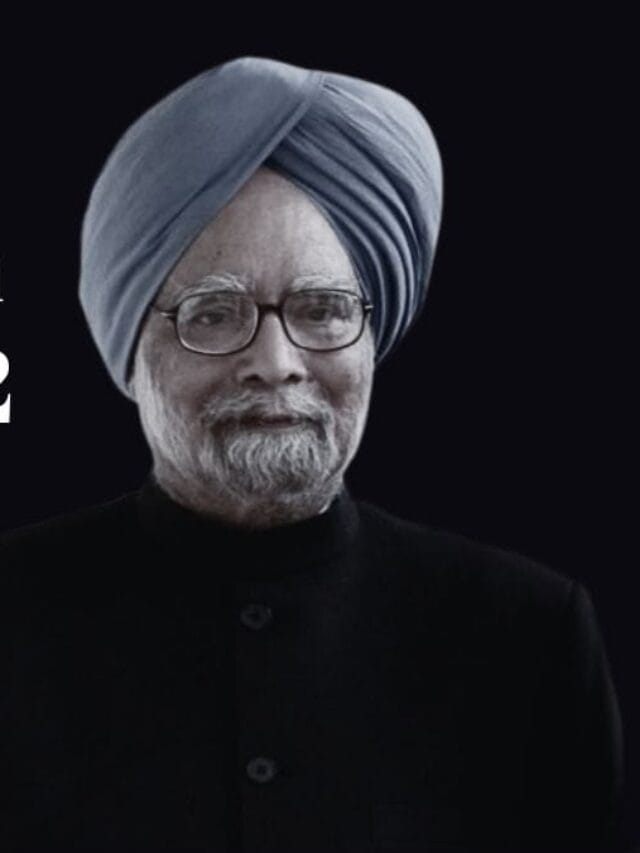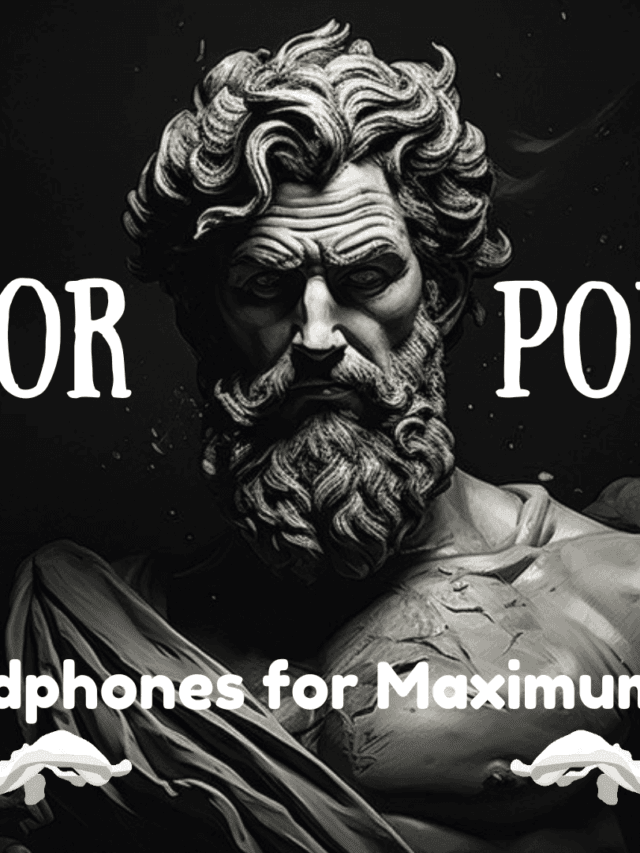

Introduction: 2024 US Election
[Washington, D.C.] – As Americans turn out in record numbers to vote in the 2024 U.S. presidential election, the nation is bracing for an extended waiting period to learn the outcome of the high-stakes race between Kamala Harris and Donald Trump. With polls showing a neck-and-neck contest between the candidates, experts warn that it could take days to determine the next U.S. president, especially as vote-counting rules in key swing states delay final tallies.
While a clear lead in some states may allow early declarations, four pivotal swing states—Arizona, Nevada, Pennsylvania, and Wisconsin—are anticipated to require more time to conclude their counts. Due to specific procedures for absentee and mail-in ballots, these states may take several days to determine their results.
“News organizations call a winner, but they don’t determine it,” says David Scott, head of news strategy at the Associated Press (AP). “We wait for absolute certainty, and we don’t make a call until we are 100% confident that no trailing candidate can catch up.”
The AP, alongside other major media outlets like CNN, NBC, and Fox News, follows a strict protocol on election night. With decision desks analyzing real-time results, they use models to project potential outcomes based on historical voting patterns and live data. However, in the case of a very close race, networks will refrain from calling the election until all crucial ballots are counted.
Watch live updates of 2024 US Election on: https://edition.cnn.com/politics/live-news/2024-election-trump-harris/index.html
Historical Delays and Red-Blue Color Coding
The memory of the 2000 election looms large as a reminder of how extended counting can affect the outcome. That year, election night coverage ran into the early hours, with the nation focused on recounts in Florida. This tight contest brought about the now-standard color-coding of states as red for Republican and blue for Democratic victories.
The 2020 election similarly required patience: Joe Biden was declared the winner only four days after Election Day, as media outlets waited for the final count from Pennsylvania and other states. This year, analysts predict a mix of faster and slower results across the country depending on the vote margin in each state.
Swing State Scenarios and the Red Mirage
One significant factor in this year’s election is the role of swing states, where mail-in and absentee ballots often contribute to delays. With the likelihood of another “red mirage”—where in-person voting favors Republicans initially—Democrats may only take the lead as mail-in ballots are processed. Conversely, in states like Arizona, mail-in ballots submitted before election day are counted first, potentially favoring the Democratic candidate at the start of the night.
Election officials in Pennsylvania and Wisconsin, where absentee ballots are tallied beginning on election day, expect full results only by early Wednesday morning at the earliest. Nevada, too, may see delayed results as it accepts mail-in ballots up to the Saturday following election day, as long as they’re postmarked by November 5.
The Role of Recounts and Legal Challenges
The path to a declared winner could also face complications if recounts are triggered or legal battles erupt over the validity of certain ballots. In cases of extreme narrow margins, candidates may seek recounts, and there may be challenges over late-arriving or provisional ballots. Legal battles in 2020 added further delays as states like Pennsylvania and Michigan faced court decisions on ballot handling.
According to Protect Democracy, a non-partisan organization, states with fewer mail-in ballots than in 2020 may see quicker counts, particularly those like Georgia and Michigan, which expanded pre-canvassing of mail ballots this year.
Congressional Races Also in Focus
The race for Congress is no less uncertain, with close margins in both the House and Senate. As in the presidential race, some congressional races may be called quickly, while others take days or even weeks to finalize. With 435 seats in play in the House, even a few undecided races could delay a clear picture of party control.
The final call for the next U.S. president remains undetermined, and for now, all eyes are on the counting process. “Waiting is the rule,” says Drew McCoy, president of Decision Desk HQ, a prominent data-analysis group for election results. “We never get in front of the data. We only make the call when the data allows it.”
For now, Americans must remain patient as the ballot count progresses, with the understanding that the process is in place to ensure an accurate and fair outcome for all.
History of US Election
The history of U.S. presidential elections dates back to the nation’s founding, with each election reflecting the evolving principles, challenges, and priorities of American democracy. Here’s an overview of its development:
1. The First Elections and the Constitution (1788–1800)
- The first U.S. presidential election was held in 1788, following the ratification of the Constitution. George Washington was unanimously elected, setting a precedent as the nation’s first president.
- Early elections were conducted by state legislatures or a small number of appointed electors, with limited popular involvement. The concept of a nationwide popular vote didn’t fully exist as we know it today.
2. The Development of Political Parties (1800–1830s)
- The election of 1800 marked the rise of political parties, with Thomas Jefferson’s Democratic-Republicans challenging John Adams’ Federalists. This election introduced party campaigning and revealed the need for a clearer electoral process, leading to the 12th Amendment in 1804, which required separate Electoral College votes for president and vice president.
- By the 1830s, the Democratic and Whig parties had emerged, laying a foundation for a two-party system that would shape U.S. politics.
3. Expansion of the Vote and Civil War Era (1830s–1865)
- Andrew Jackson’s presidency marked the beginning of the “common man” era, with more white men gaining the right to vote as property restrictions eased.
- The Civil War and Abraham Lincoln’s election in 1860 underscored the nation’s deep divisions. Lincoln’s victory, without carrying a single Southern state, highlighted sectionalism and set the stage for the war.
4. Reconstruction and Jim Crow (1865–1920)
- After the Civil War, the 15th Amendment was passed in 1870, granting African American men the right to vote. However, Southern states soon enacted Jim Crow laws that effectively disenfranchised Black voters until the Civil Rights Movement nearly a century later.
- Women’s suffrage also gained momentum during this period, culminating in the 19th Amendment in 1920, which granted women the right to vote nationally.
5. The New Deal Era and the Rise of Modern Campaigns (1930s–1960s)
- Franklin D. Roosevelt’s four-term presidency during the Great Depression and World War II led to the 22nd Amendment, limiting presidents to two terms.
- The advent of television in the 1950s transformed campaigns. The first televised presidential debates in 1960, between John F. Kennedy and Richard Nixon, showcased the growing influence of media on public opinion.
6. The Civil Rights Movement and Voting Rights Act (1960s)
- The Civil Rights Movement led to significant legislative changes, including the Voting Rights Act of 1965, which aimed to eliminate barriers to voting for African Americans, such as literacy tests and poll taxes.
- These reforms brought millions of new voters into the democratic process, fundamentally changing the American electorate.
7. Contemporary Elections and Modern Challenges (1980s–Present)
- The modern era has seen increasingly sophisticated campaign strategies, including data-driven approaches, targeted advertising, and extensive use of digital media.
- Recent elections have underscored growing political polarization, with close elections in 2000, 2016, and 2020, each highlighting the influence of swing states and the Electoral College.
U.S. presidential elections have evolved from a limited, elite-driven process to an inclusive democratic exercise that continues to adapt to societal changes and technological advancements. Each election reflects the changing face of America, from expanding suffrage to shifting political landscapes.
US election system explained
The U.S. election system is a structured process involving multiple layers of voting and decision-making to select government leaders at federal, state, and local levels. The system’s most well-known feature is the Electoral College, which plays a unique role in the presidential election. Here’s an overview:
1. Presidential Elections and the Electoral College
- Popular Vote: On Election Day (the first Tuesday after the first Monday in November every four years), American citizens cast their votes for president and vice president.
- Electoral College: Instead of a direct popular vote for the president, the Electoral College ultimately determines the outcome. Each state has a set number of electors (equal to the state’s total number of Senators and Representatives in Congress) who formally vote for the president based on the popular vote in their state.
- Winner-Takes-All: In 48 states and Washington D.C., the candidate who wins the majority of the popular vote in that state receives all of that state’s electoral votes. Maine and Nebraska are exceptions, allocating some of their electoral votes based on congressional district results.
- 270 to Win: A candidate must win at least 270 out of 538 electoral votes to become president. If no candidate receives a majority, the House of Representatives decides the winner.
2. Congressional Elections (Senate and House)
- The Senate: Senators serve six-year terms, with about one-third of the 100 Senate seats up for election every two years. Each state has two senators, regardless of population size.
- The House of Representatives: Representatives serve two-year terms, and all 435 seats are up for election every two years. The number of representatives per state is based on population, with larger states having more representatives.
- Midterm Elections: These occur halfway through a president’s four-year term and include congressional elections and sometimes gubernatorial and local races. Midterms often serve as a gauge of public opinion on the sitting president’s performance.
3. Primaries and Caucuses
- Before the general election, parties hold primary elections and caucuses in each state to choose their nominees for the presidential race.
- Primaries: Voters cast ballots for their preferred candidates within each party. Primaries can be open (any voter can participate) or closed (only registered party members).
- Caucuses: Caucuses are local gatherings where voters discuss and decide their candidate preferences. They are less common than primaries and take place in a few states, such as Iowa.
4. Voting and Ballot Types
- Absentee and Mail-In Voting: Many states allow absentee voting for those who cannot vote in person, and some offer mail-in ballots to all registered voters.
- Early Voting: To increase accessibility, most states offer early voting, allowing citizens to vote in the weeks leading up to Election Day.
- Voter Registration: Voter eligibility and registration requirements vary by state. Voters usually need to be U.S. citizens, 18 years or older, and must register according to their state’s guidelines.
5. Certifying Election Results
- After Election Day, votes are counted, and states certify the results. The Electoral College then meets in December to cast their votes based on state results, and Congress formally counts these votes in January to finalize the outcome.
- Inauguration: The president-elect is inaugurated on January 20 of the following year.
The U.S. election system’s decentralized, state-focused approach allows for local oversight but also adds complexity, with each state setting many of its own rules for voting, counting, and certifying election results.
Read our latest book: Eat Your Problems


Read our latest articles: https://genzfitness.in/





